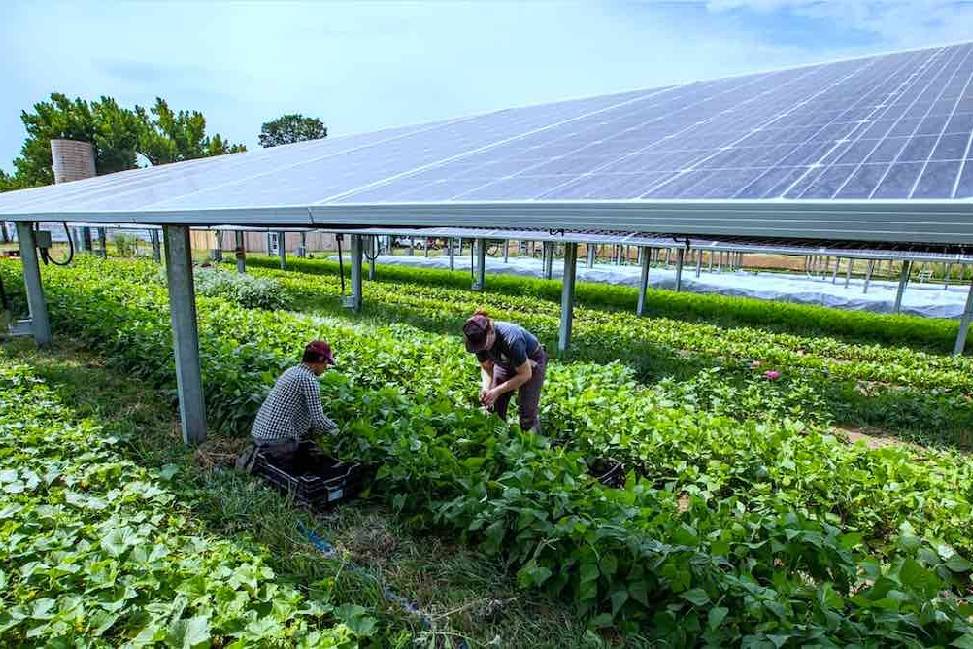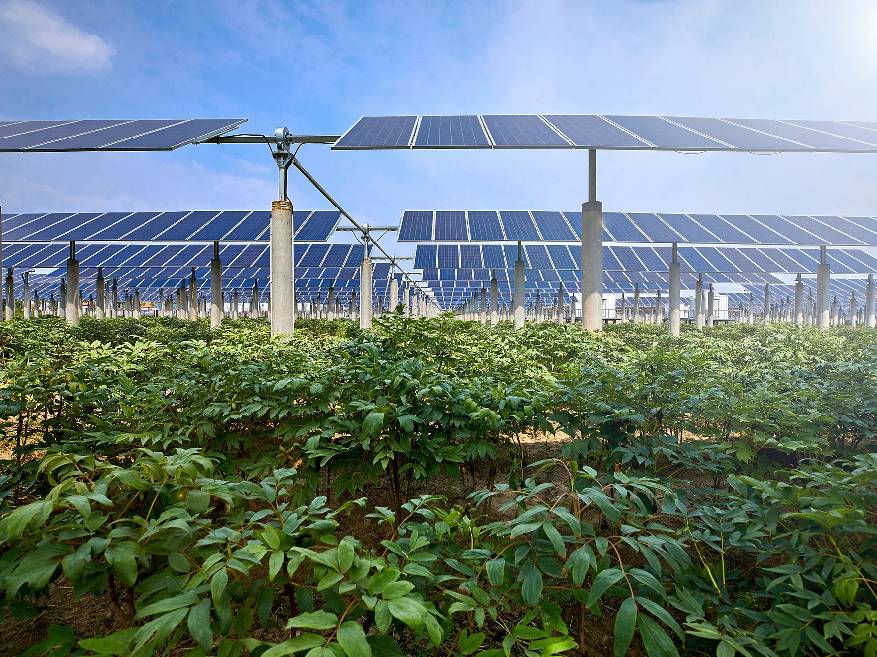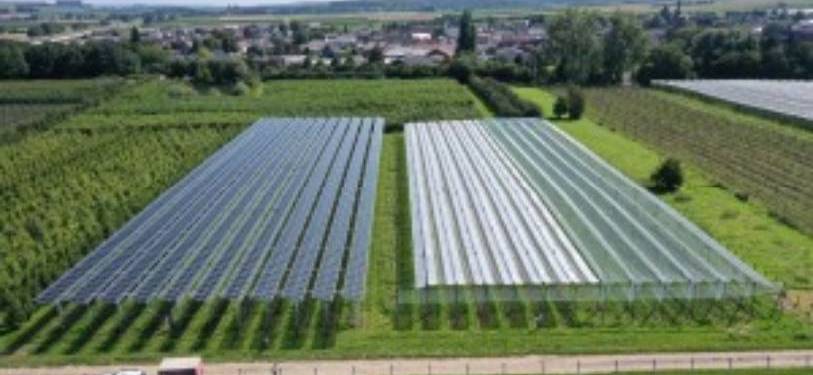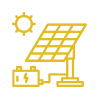Agrivoltaics Solar System Means " Combine Agriculture & PV "
Combined land use, the land use efficiency of the agrivoltaic research plant for wheat cultivation in Heggelbach was 160 percent
Combined land use, the land use efficiency of the agrivoltaic research plant for wheat cultivation in Heggelbach was 160 percent

Arable land is a very limited and valuable resource
Agrivoltaics solves this conflict by enabling food production and electricity generation in the same area
The Energy Transformation Requires a massive expansion Of Solar Electricity Production, Combined with a high demand for Space
Climate change is shedding light on the vulnerabilities of our food, energy and water systems and the importance of building resilience in renewable energy and food production
Ability to Maintain Crop Production during Solar Generation
Save environment and reduce Co2 emissions
Bring innovation in your architectural
Earn a great return (ROI /IRR) on your investment
Potential for water use reduction
Allow for nutrient and land recharge of degraded lands
Potential to extend growing seasons
Achieve sustainability and Green goals

100% wheat + 100% solar power on 2 hectares 100 % land use efficiency

80% wheat + 80% solar power on 1 hectare 160 % land use efficiency
The energy transformation requires a massive expansion of solar electricity pro- duction, combined with a high demand for space. The problem for ground-mounted systems: Arable land is a very limited and valuable resource. Agrivoltaics solves this conflict by enabling food production and electricity generation on the same area.
Through dual land use, Agrivoltaics not only increases land efficiency but also increases the resilience of agricultural production against global warming. Agrivoltaics pro - vides farmers with additional income and promotes the economic development of rural areas.

Intelligent Lighting ManagementTo harvest solar energy and crops on the same area, a balanced ratio of light and shade is required. Fraunhofer ISE has level - oped models and concepts to optimize the yields from PV and photosynthesis through targeted light management. By selecting and adapting module types, mounting frames and installation parameters, it is ensured that the respective plants receive sufficient light throughout the day and year.

GIS-based potential analyses

Analysis and optimization of PV yield (also bifacial, tracking systems)

Light management, profitability

Design of the agrivoltaics power plant & prototype development and implementation

Quality assurance and monitoring

Optimization of self-consumption of PV electricity

Social and environmental impact studies, feasibility studies

Technology transfer to other countries and climate regions
Central elements of agrivoltaic research are interactions and synergies between the fields of agriculture and photovoltaics. An adapted PV system design with targeted light management and the selection of suitable plant species can stabilize or even increase agricultural yields. Particularly in increasingly dry periods, crop failures can be reduced or avoided altogether.The need for irrigation is reduced due to par- tial shading, and wind erosion decreases. The PV substructure can also be used for protective nets or foils. The resilience of fruit and vegetable cultivation to hail, frost and drought increases.
